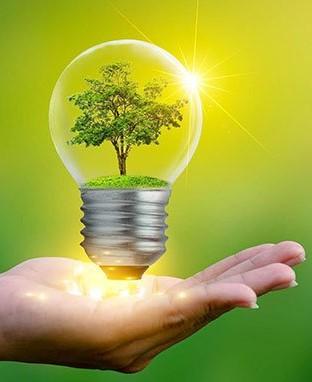 |
| Order “Build Energy F.F.F.R.E.E. Healthy Homes” and learn true quality in building and energy savings. Only $59.95 Authur Bryon A. Parffrey. Learn more of all these topics and much more. Order today Be Wise Learn 1st. |
| Designing and building an Energy-Efficient home that conforms to the many considerations faced by home builders can be a challenge. Some designs are more expensive to build than others, but none of them needs to be extremely expensive to construct. Recent technological improvements in building components and construction techniques, and heating, ventilation, and cooling (HVAC) systems, allow most modern energy-saving ideas to be seamlessly integrated into any type of house design without sacrificing comfort, health or aesthetics. The following is a discussion of the major elements of energy-efficient home design and construction systems. Insulation Effective insulation slows the rate that heat flows out of the house in winter or into the house in summer, so less energy is required to heat or cool the house. If your house has no wall insulation, and it has more-or-less continuous wall cavities (such as conventional stud walls), blown-in insulation can greatly improve your comfort and save enough energy to be very cost-effective. (It rarely pays to blow additional insulation into already insulated walls.) If your attic is unfinished, it often pays to upgrade its insulation. When and wherever you insulate, DO NOT over insulate! In our hot climate that is asking for trouble.Learn the Pros and cons of foam. When & where to use (If at all), open or closed cell. Come learn more at Builders Academy, Inc and see actual Building Projects dos and don’ts first hand on site. Air Barriers vs Vapor Barriers & When and Where to use them. These are two things that sometimes can do the same job. How to design and install them depend a great deal on the climate and what method of construction is chosen. No matter where you are building, water-vapor condensation is a major threat to the structure of a house. In cold climates, pressure differences can drive warm, moist indoor air into exterior walls and attics. It condenses as it cools. The same can be said for southern climates, just in reverse. As the humid outdoor air enters the walls to find cooler wall cavities, it condenses into liquid water. This is the main reason that some of the old buildings in the South that have been retrofitted with air conditioners now have mold and rotten wood problems.Regardless of your climate, it is important to minimize water vapor migration by using a carefully designed thermal envelope and sound construction practices. Any water vapor that does manage to get into the walls or attics must be allowed to get out again. Some construction methods and climates lend themselves to allowing the vapor to flow towards the outdoors. Others are better suited to letting it flow towards the interior so that the house ventilation system can deal with it. Foundations and Slabs – Not everything is Post Tension Slabs. Foundation walls and slabs should be at least as well-insulated as the living space walls. Uninsulated foundations have a negative impact on home energy use and comfort, especially if the family uses the lower parts of the house as living space. Also, appliances that supply heat as a by-product, such as domestic hot water heaters, washers, dryers and freezers, are often located in basements. By carefully insulating the foundation walls and floor of the basement, these appliances can assist in the heating of the house. |
 |
| Low E vs Southern Low E or Reverse Low E Windows You should test your windows! You may have high energy bills because your builder or remodeler bought the wrong windows and coating for your home and it actually retains heat. The typical home loses over 25% of its heat through windows. Since even modern windows insulate less than a wall, in general, an energy-efficient home in heating-dominated climates should have few windows on the north, east, and west exposures. A rule-of-thumb is that window area should not exceed 8% to 9% of the floor area, unless your designer is experienced in passive solar techniques. If this is the case, then increasing window area on the southern side of the house to about 12% of the floor area is recommended. In cooling-dominated climates, it’s important to select east-, west- and south-facing windows with low solar heat-gain coefficients (these block solar heat gain).A properly designed roof overhang for south-facing windows is important to avoid overheating in the summer in most areas of the continental United States. At the very least, Energy Star-rated windows (or their equivalents) should be specified according to the Energy Star Regional Climatic Guidelines.In general, the best-sealing windows are awning and casement styles, since these often close tighter than sliding types. Metal window frames should be avoided, especially in cold climates. Always seal the wall air/vapor diffusion-retarder tightly around the edges of the window frame to prevent air and water vapor from entering the wall cavities. Air-Sealing Indoor Air Quality Reduce Electric Bills and Mold A well-constructed thermal envelope requires that insulating and sealing be precise and thorough. Sealing air leaks everywhere in the thermal envelope reduces energy loss significantly. Good air-sealing alone may reduce utility costs by as much as 50% when compared to other houses of the same type and age. Homes built in this way are so energy-efficient that specifying the correct sizing heating/cooling system can be tricky. Rules-of-thumb system-sizing is often inaccurate, resulting in oversizing and wasteful operation. Return To Home Page |
